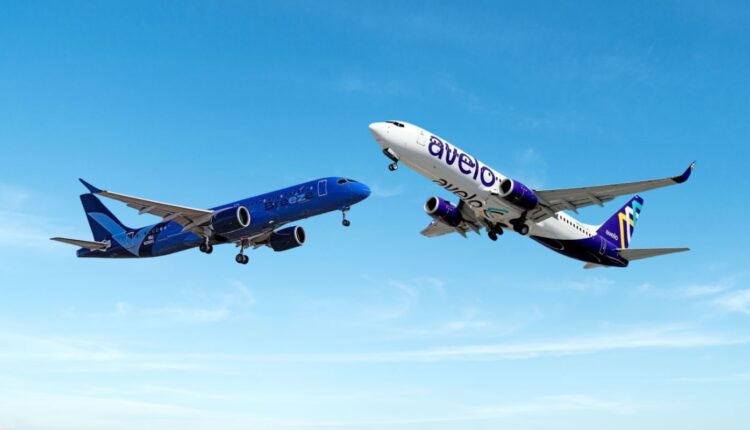Two emerging airlines are breathing new life into forgotten regional airports, proving that smaller can indeed be better in the competitive aviation industry.
At New Haven’s Tweed Airport in Connecticut, the transformation is striking. From hosting just six daily flights five years ago, it now manages 30 daily departures to over 25 destinations, creating traffic queues that stretch beyond airport grounds.
This revival stems from strategic moves by newcomers Avelo Airlines and Breeze Airways, who launched operations in spring 2021. These carriers identified opportunities at airports largely abandoned by major airlines, offering direct flights between smaller cities – a departure from the traditional hub-and-spoke model used by larger carriers.
“The economics make sense,” explains Breeze’s Chief Commercial Officer Lukas Johnson. “We’ve found our place by matching the right size aircraft with the right routes at competitive prices.”
Both airlines focus on leisure travelers and family visits, operating routes often overlooked by competitors. From New Haven, passengers can now fly directly to destinations like Knoxville and San Juan via Avelo, while Breeze connects cities like Erie to Orlando and Hartford to Wilmington.
Industry veterans lead both ventures – David Neeleman, JetBlue’s founder, heads Breeze, while former United Airlines executive Andrew Levy directs Avelo. Though similar in targeting underserved markets, their service models differ. Avelo emphasizes low fares with minimal extras, while Breeze offers tiered services including premium options with amenities like Wi-Fi and branded refreshments.
Financial indicators show promise. Breeze reported its first monthly profit this year, targeting full-year profitability by 2025. Avelo expects to approach break-even in 2024, projecting over $300 million in revenue.
For cities like New Haven, these airlines bring more than just flights. “Residents can now easily visit family or take weekend trips to Florida,” says Mayor Justin Elicker, noting the boost to local employment and tourism.
Regular flyer Mia Whitfield appreciates the direct Nashville-New Haven route: “It saves hours compared to connecting flights and long drives from other airports. The simplicity of a small airport is a bonus.”
However, challenges exist. Some residents voice concerns about increased traffic and noise. Environmental group Save the Sound has challenged plans for airport expansion, citing potential impacts on air quality and flooding.
Despite these hurdles, both airlines continue expanding. Avelo serves 54 airports and has transported over 2.8 million passengers from New Haven alone. Breeze connects 66 airports, with plans to increase services in several regions.
Industry analysts believe both carriers can succeed, though economic downturns could pose risks. As aviation consultant Michael Boyd notes, “When people have fewer discretionary dollars, discretionary flying decreases.”


